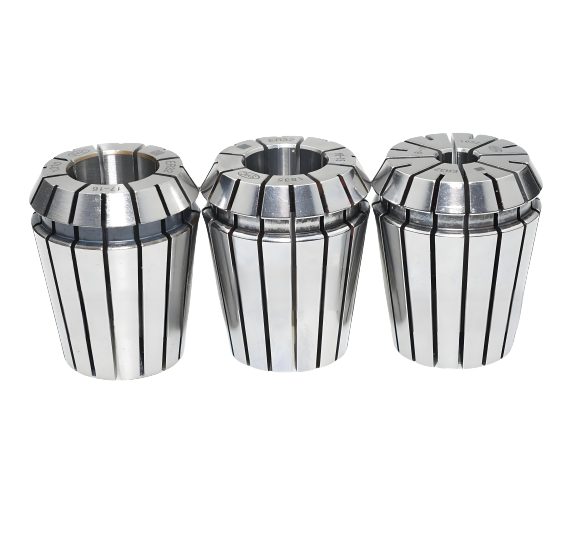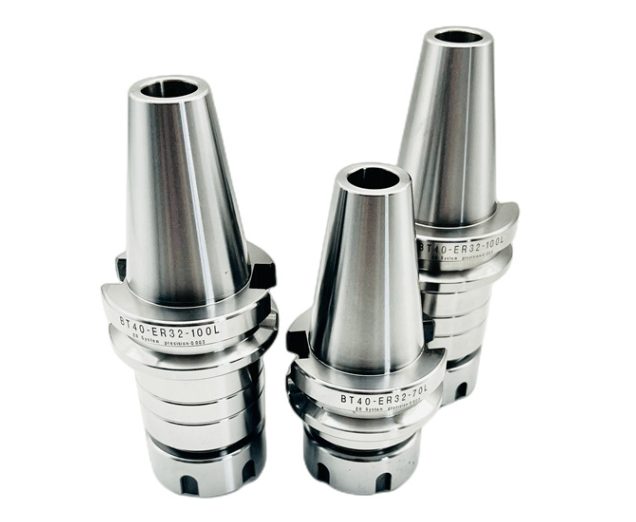Collet is a device for clamping cylindrical workpieces, mainly used in machining processes on machine tools. It is characterized by uniform clamping force, a wide range of clamping diameters, and the ability to adapt to workpieces of different diameters. Collet consists of a clamping barrel and a clamping ring. Its advantages are simple operation and fast installation, which is very suitable for use in short-cycle processing production. Because of its special structure and performance, Collet is often used in automated processing equipment.

Tool Holder is a clamping device used to fix tools, mainly used in machine tool processing. It is usually used on turning machines, milling machines, drilling machines and other processing equipment, and is one of the important accessories of machine tools. The main function of the Tool Holder is to firmly fix the tool on the machine tool to make the processing quality more stable. Tool Holder is divided into mechanical Tool Holder and elastic Tool Holder according to different clamping methods. Among them, the mechanical Tool Holder consists of a bracket, nut and tool handle, while the elastic Tool Holder uses elastic clamping to clamp the tool.

Difference:
1. Different clamping methods
Collet uses elastic clamping to clamp the workpiece, while Tool Holder uses mechanical or elastic clamping to clamp the tool.
2. Different scope of application
Collet is suitable for workpiece holding, while Tool Holder is suitable for holding tools.
3. Different structures and shapes
Collet usually has a barrel-like structure, while the shape and structure of Tool Holder vary from tool to tool.
In summary, although Collet and tool holder are both clamping tools, they are very different in terms of clamping method, scope of application and structural shape. During the machining process, appropriate clamping tools should be selected according to the actual situation to obtain better processing results.


